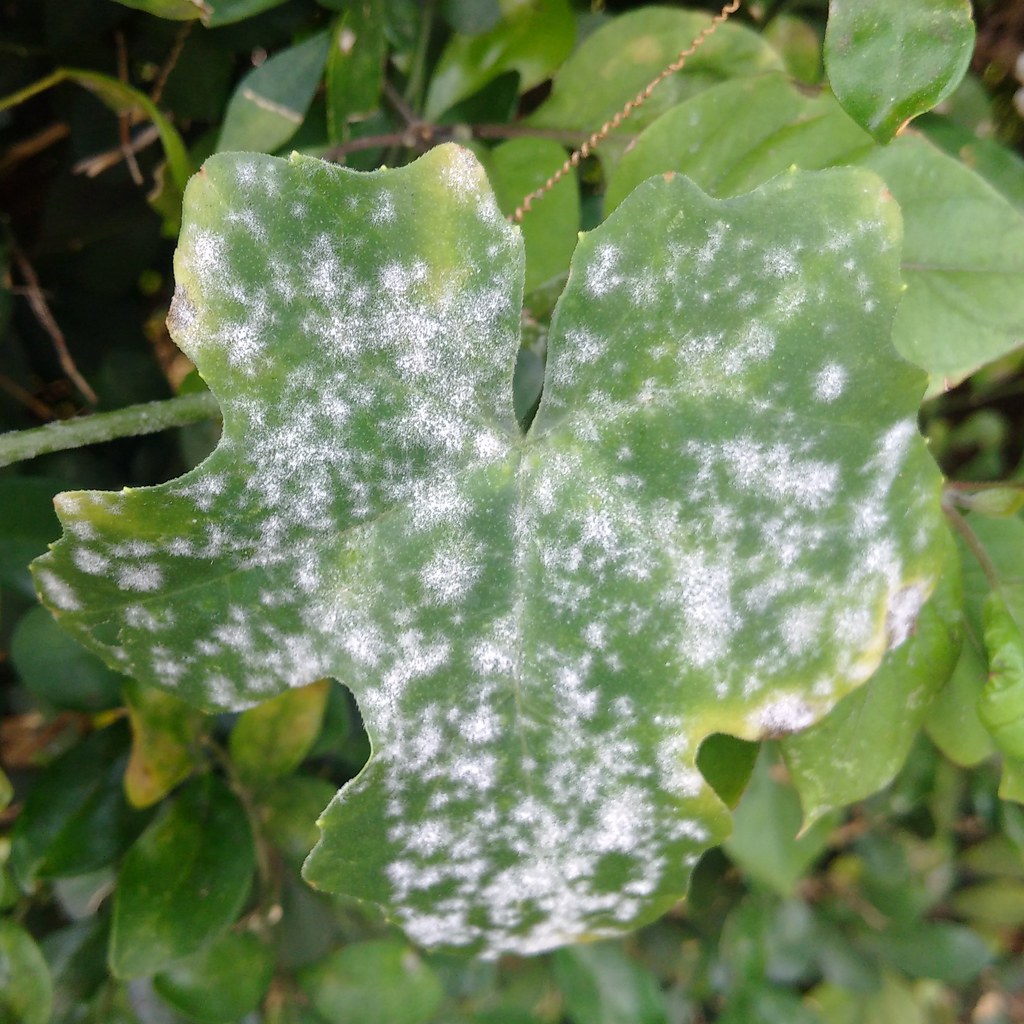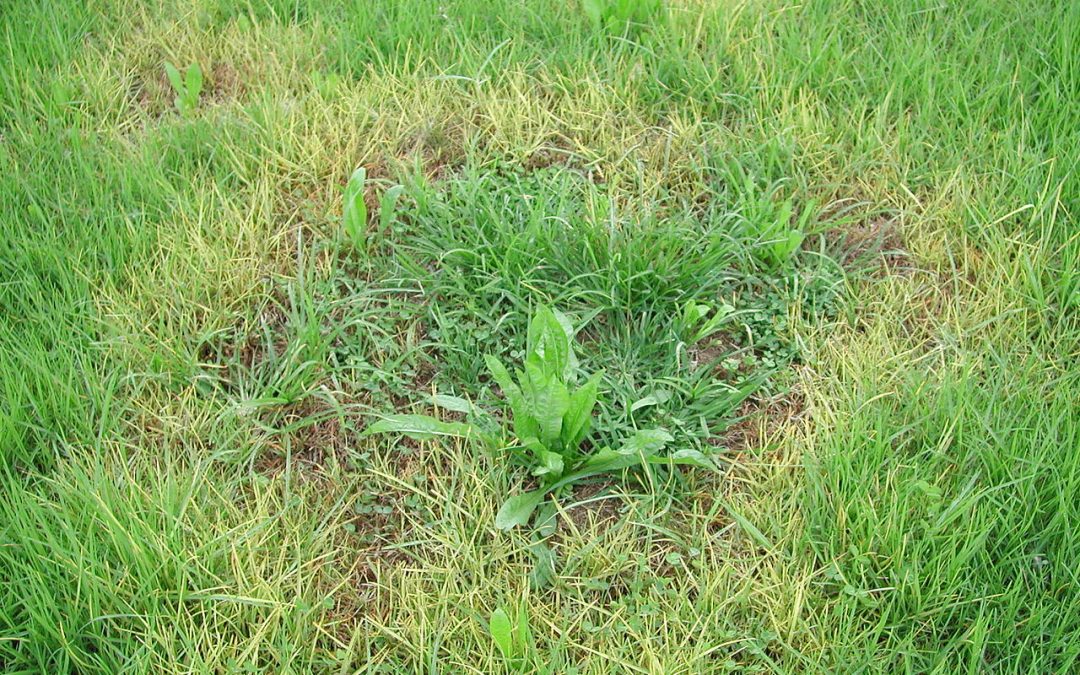At one time or another, we all deal with grass pains. The distress signal from our lawn seems to get louder in heat, humidity, and rain. From crabgrass to brown spots, there’s a variety of lawn diseases that could be killing the grass. Some require a professional to diagnose them while others give off tell-tale signs, making them easy to identify. Once you identify them, treating lawn diseases is easy.
Some lawn diseases can point to a more serious issue, such as poor drainage or pests on your property. The best defense against any fungal disease is a good offense with proper lawn care.
7 Ways to Prevent Lawn Disease
- Maintain your soil pH levels.
- Fertilize, but don’t overdo it.
- Water regularly, but don’t overdo it.
- Aerate.
- Mow regularly and set the mower at the proper height.
- Mow in different directions. This forces the grass leaf blades to stand up straight.
- Dethatch. A thick layer of thatch restricts water and air from reaching the grass roots.
5 Common Lawn Diseases
By maintaining a healthy lawn, you give disease little chance to invade. Here are the most common lawn diseases to watch out for.
1. Take-All Root Rot
You’ll know you have take-all root rot when you see yellow grass with irregular shaped thinning. This disease also shows darker grass blades due to poor air circulation and improper watering. The root rot usually appears in Bermudagrass, St. Augustinegrass, or Zoysiagrass lawns. Take-All Root Rot can affect your lawn in every season and will spread to the rest of the yard if not treated immediately. Young-ki Jo, a plant pathology specialist with the Texas A&M extension office says take-all root rot shows up when turfgrass is under stress. “Areas that remain wet are prone to the disease. Improve the drainage, and avoid overwatering. It is better to water infrequently but deeply (6 to 8 inches deep) than to give the grass frequent, shallow watering.” He also suggests raking out the areas of dead grass and adding peat moss. The peat moss will alter the pH level of the soil, and the root rot should dissipate.
2. Brown Patch
Brown patch begins with dead rings of grass on the lawn. Also known as large patch, this lawn disease is easy to spot when you notice the donut shapes holes, with new grass growing in the center. St. Augustine lawns are the most prone to this blight which can spread up to 50 square feet from its origin. You can prevent the problem with yearly aeration and by not overwatering. While fertilizing is crucial, overdoing it can be deadly for your lawn.
3. Dollar Spot
Small brown patches in the lawn are your first sign of dollar spot. This fungus is well known in the recreational turf industry and is becoming a more significant problem for homeowners as well. Dollar Spot can target both cool-season grasses and warm-season grasses, but it tends to enjoy fescues, ryegrass, Bermuda, and zoysia grasses. This grass disease can show up anytime between late spring to late fall after a stretch of wet conditions. Dollar Spot loves high humidity making it a common problem in southern states. Applying a fungicide to the circular patches is your best bet. To prevent it from returning, make sure to adjust your mower to a higher cutting level and water your lawn deeply but less often.
4. Powdery Mildew

This fuzzy gray substance looks like a science experiment gone wrong. Powdery mildew is the collective name fort a group of fungi that can attach to the grass and plants. You’ll first notice a few white or grey round spots that are easy to wipe away. However, the mildew will quickly take over which can cause significant stress to the grass plant.
Powdery mildew won’t kill a plant or lawn right away, but it will choke the plant over time. You’ll notice powdery mildew on the lawn during the heat of the summer when conditions are dry. Prune affected plants and create more airflow around the leaves. Spray the areas with water to wash away the mildew and use a fungicide if needed.
5. Pythium Blight
You can thank humid weather and wet conditions in the summer for this disease, Perdue University Plant pathologist Richard Latin says. “Pythium blight outbreaks are especially damaging to creeping bentgrass, annual bluegrass, rough bluegrass, and perennial ryegrass. The Pythium fungus can infect Kentucky bluegrass and tall fescue, but the disease is limited and turf is rarely damaged.” It starts with circles of blackened grass blades and expands into wet areas on the lawn. It spreads quickly in shady areas and in compacted soil. Mowing while the grass is wet only makes the problem worse. To prevent Pythium blight, it’s best to apply a fungicide at the beginning of summer.
Lawn diseases are not the end of the world, but it is important to understand what you’re dealing with, so you can prevent them from spreading. Understanding what the disease is and the associated treatment will help you understand if there are any hidden costs or if you need to hire a professional to help remedy the issue.

